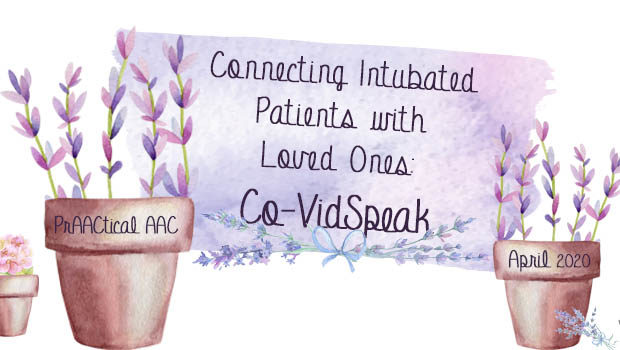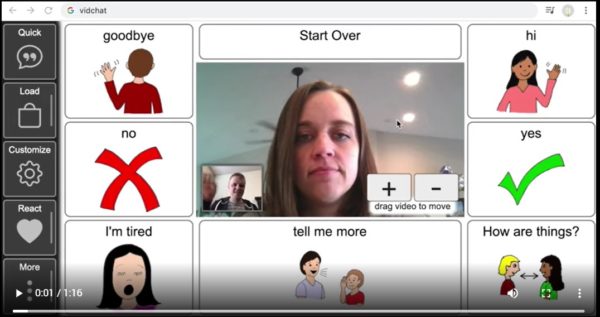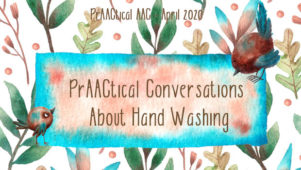A few weeks ago, Bill Binko reached out to me about an article he’d read and couldn’t stop thinking about. We’ve both had loved ones need to be intubated and saw first-hand the importance of being right there beside them through the recovery process. The article Bill showed me talked about a couple where the wife was put on a breathing tube due to Covid-19, and the ICU was cutting itself off to visitors. The wife’s heart rate and breathing worsened whenever her husband left the room, and yet he needed to leave to help protect everyone in the unit. This hit too close to home, and as technologists, we couldn’t not try to do something about it.
We talked about ideas for how technology could help with this problem. There have already been some great paper-based solutions built to help with this crisis, and we didn’t need to recreate the wheel. Bill has implemented printable low-tech eye gaze boards for non-verbal communicators to choose from a limited set of options, and I’ve worked at CoughDrop on high-tech AAC solutions. We brainstormed into the idea of a video conferencing tool with a “low-tech” eye gesture field surrounding the video feed, and I started developing right away. We’ve talked to multiple groups supporting hospitals and medical groups, and the biggest barrier to getting something like this implemented is the protective protocols implemented to prevent the spread of infection. Everything else should be pretty manageable.
Fast forward a few weeks and we are now ready to introduce Co-VidSpeak, a video chat tool meant to connect nonverbal individuals with their loved ones. Co-VidSpeak is open source, which means anyone can put it on a server and run it. But we wanted to make it as easy and accessible as possible, so we are hosting a free version that can be used by hospitals and medical groups supporting intubated or otherwise nonverbal individuals during the pandemic. Co-VidSpeak is browser-based, and it should run on most hardware, so hospitals can use their existing tablets or computers, or families could use their own tablets or phones to set up the connection. Access is granted by join codes and conversations and access logs are not stored, so there should be no private information kept on our servers or exposed to third parties.
If you know someone who can support the implementation of Co-VidSpeak to help reconnect infected people with their socially-distanced loved one, please have them fill out this form and we will follow up with them. If you think Co-VidSpeak could be useful for different reasons, please also fill out the form, but keep in mind that we will be prioritizing socially-isolated individuals cut off due to the pandemic for now.
Co-VidSpeak is a personal investment for us. We have worked hard and fast to get something that can make a difference as quickly and broadly as possible. The main expense will be bandwidth due to video feeds, everything else can be a donation of time from the CoughDrop and LessonPix teams. If we can find more financial support then we can offer it to a broader base, so if you are interested in supporting this effort or know someone who is, please consider making a contribution to Bill’s non-profit organization ATMakers.
Thank you to everyone who has helped us so far. We are always looking for feedback and input on how to improve things!
You can hear more about the development of Co-VidSpeak in the video below.






